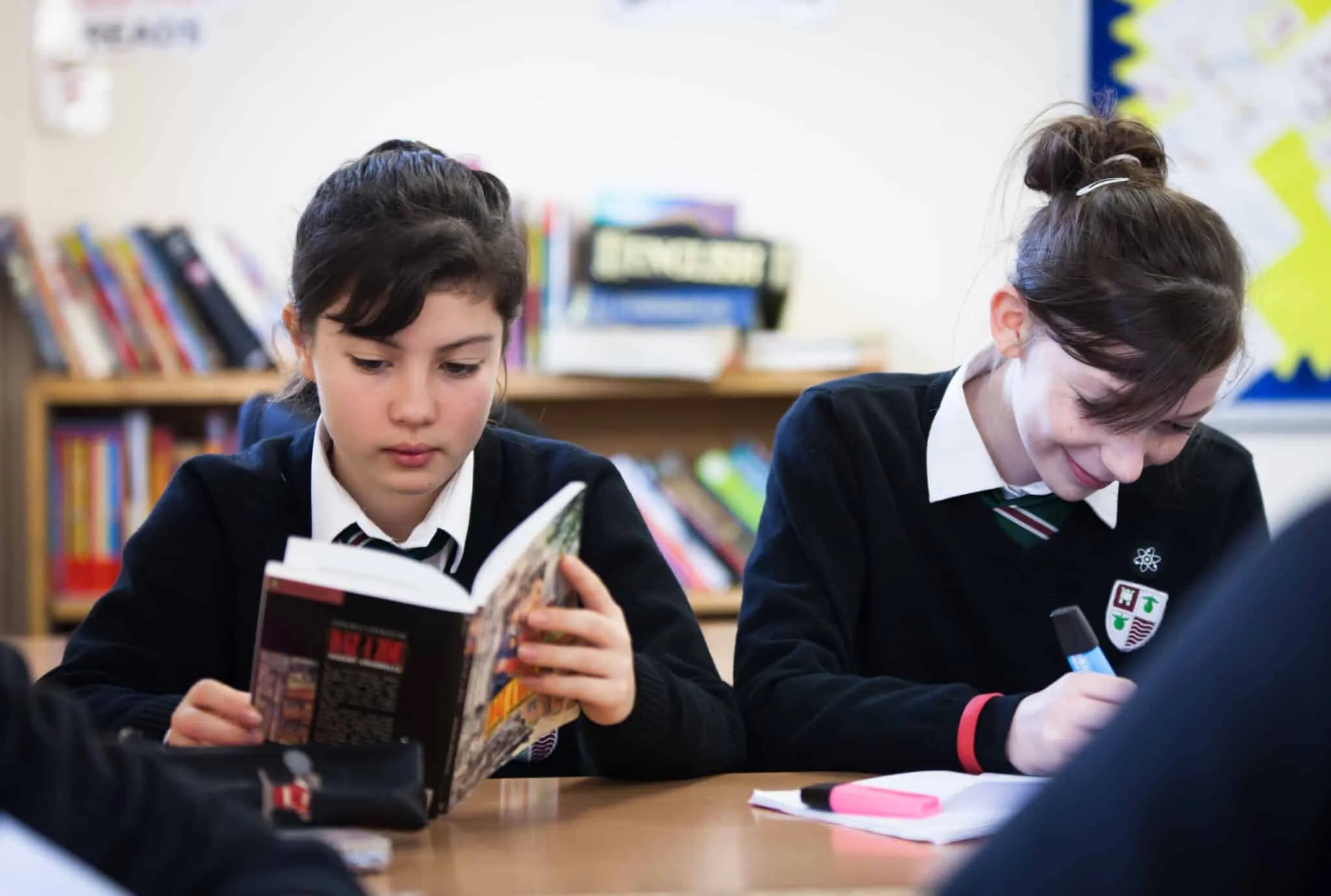Coláiste na Mí is a secondary school in Co. Meath, Ireland. The school introduced Accelerated Reader (AR) and Star Assessments in their school in 2020 to support their first year students’ literacy progress through the pandemic. Since then, they have seen incredible growth both in terms of children reading for pleasure and in their attainment. The school is now using AR and Star for learning support intervention and to support EAL students.
We reached out to English Teacher and AR Administrator, Amy Greene, to hear how AR and Star Reading have transformed the school’s curriculum and supported their students’ growth.
Lockdown learning solution to permanent resource
“We started using AR and Star in 2020 following a recommendation by one of our teachers who had previously worked in a school that used it. When she moved here, she was already aware of the benefits and advised us to implement both, especially when we were really stuck during 2020. The literacy skills of the students, particularly the younger students, had declined during lockdown, and we were wondering how we were going to resolve this. As our staff member had seen the benefits of AR, we agreed that this was the literacy intervention we needed in the school and we also adopted it for our Strategic Self-Evaluation (SSE) programme, which runs alongside ourSchool Improvement Plan (SIP).
Our diverse demographic mix of urban and rural backgrounds further emphasised the need for a focused reading initiative to cater to varied student interests and needs.”
Improving teaching and learning outcomes
“The implementation of AR and Star has transformed teaching and learning outcomes throughout the school. The biggest improvement we have noticed is that students can now understand the questions that are being asked. Before that, they could not access the curriculum. Since implementing AR, they can engage with the material without just regurgitating what they hear, they can formulate responses and fully understand it.
We have noticed that student confidence has really improved not just in the English department but in subjects like science and geography, it’s just unbelievable. In my own class, I have a very good footballer and at the start of the year, reading was an absolute ‘no’. He was extremely anxious about reading in class, even just reading independently, and he would constantly say he was no good at reading. Now, when we start reading a novel as a whole-group exercise and the children are taking turns in class, he’s offering to read. He now realises that he is good at multiple things, not just football, and that’s really lovely to see.”
Changing teacher attitudes and alleviating workload
“There’s a better understanding amongst staff now that reading isn’t just a ‘English department thing’ but that these kinds of issues can be approached as a whole-school initiative, so there’s much more of a collaborative sense. There’s ways that we can all get involved: Just delegating 10 minutes of class time to reading for a certain number of weeks makes a big difference. That’s one of the key differences I’ve seen in the teaching side of things, the whole school can now collaborate efficiently and easily.
This has impacted workload, there are two of us who are responsible for running AR and it has been useful to navigate admin tasks.”
Celebrating success
“We set targets each term for the students and at the end of each term we have a party. For example, we invited all of the successful students, who reached and exceeded their targets to come together to play with Lego, have some sweets and have their pictures taken. These little incentives have been really helpful in motivating the students; they also get merits and homework passes. This reward system helps to push motivation and eventually the children start to take off themselves.”
Informing teaching decisions with Star data
“The data and insights we get from Star Reading have been helpful for EAL and learning support. We test the students for structural plans and share the information with all teachers so, they are aware of why a student might be struggling on a certain topic and will know what to work on first with them before they can progress to the next level. It’s like a confidence builder for the teacher as they have the data to support their decision-making.”
Measuring success
“Last year, one of my classes improved their Star results by the equivalent of a year and a half. The average progress was nine- 11months including some of the weaker students. In fact, the biggest improvements we’ve seen are with those struggling readers.
The great thing about AR and Star is that not only do we see improvement, but the children are seeing the scores and holding themselves accountable. They can see when they’ve made progress and where their results might have declined slightly, it’s often a wake-up call for them. I’d like to say that around 80% to 90% of students, at least in my class, have definitely gone up in their results.”
